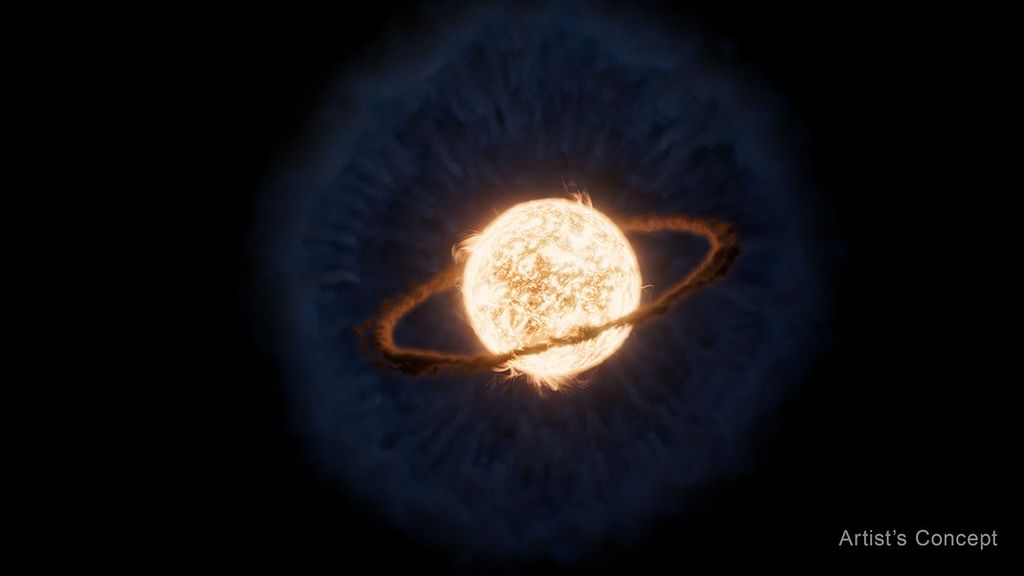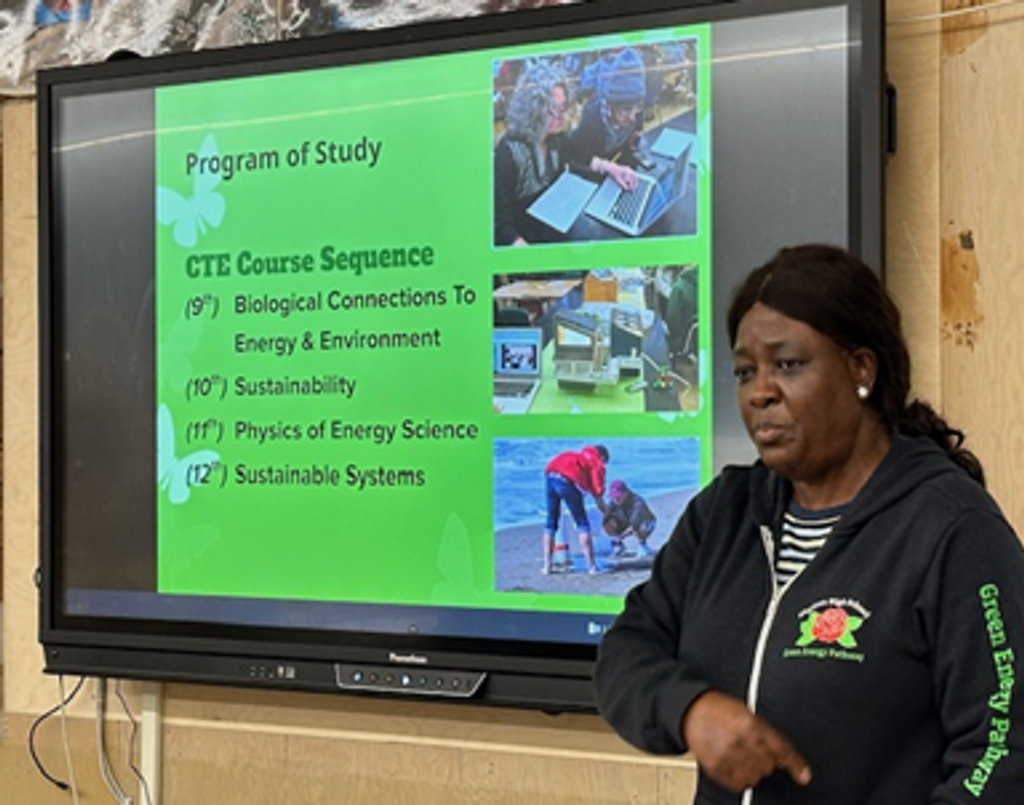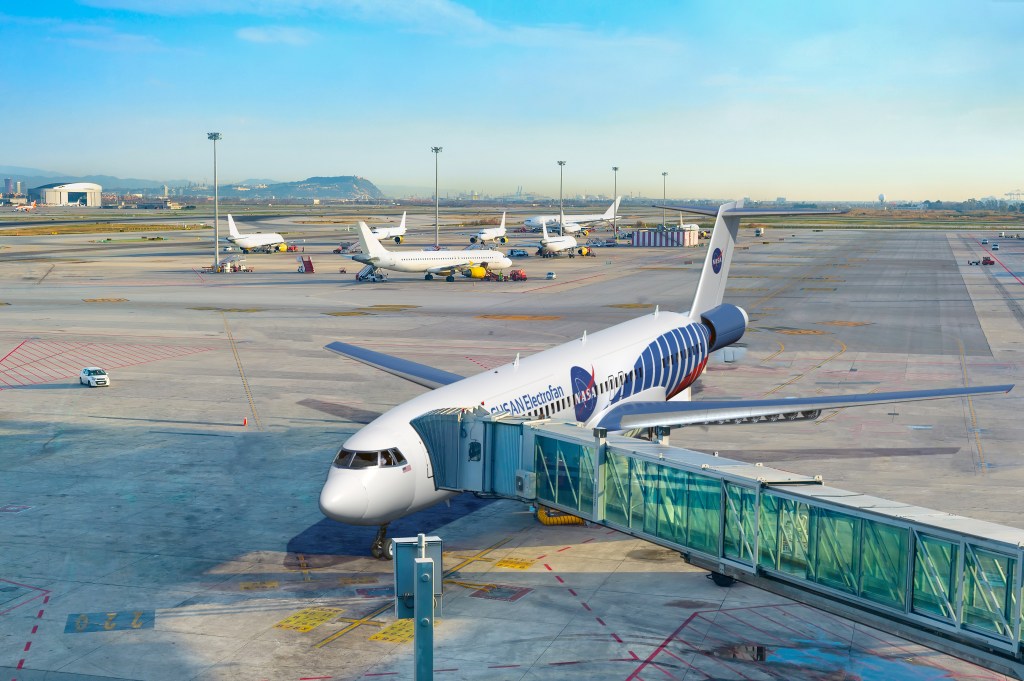
NASA will conduct an RS-25 hot fire Friday, Feb. 23, moving one step closer to production of new engines that will help power the agency’s SLS (Space Launch System) rocket on future Artemis missions to the Moon and beyond.
Teams at NASA’s Stennis Space Center near Bay St. Louis, Mississippi, are set to begin the second half of a 12-test RS-25 certification series on the Fred Haise Test Stand, following installation of a second production nozzle on the engine.


The six remaining hot fires are part of the second, and final, test series collecting data to certify an updated engine production process, using innovative manufacturing techniques, for lead engines contractor Aerojet Rocketdyne, an L3Harris Technologies company.
As NASA aims to establish a long-term presence on the Moon for scientific discovery and exploration, and prepare for future missions to Mars, new engines will incorporate dozens of improvements to make production more efficient and affordable while maintaining high performance and reliability.
Four RS-25 engines, along with a pair of solid rocket boosters, launch NASA’s powerful SLS rocket, producing more than 8.8 million pounds of thrust at liftoff for Artemis missions.
During the seventh test of the 12-test series, operators plan to fire the certification engine for 550 seconds and up to a 113% power level.
“NASA’s commitment to safety and ‘testing like you fly’ is on display as we plan to fire the engine beyond 500 seconds, which is the same amount of time the engines must fire to help launch the SLS rocket to space with astronauts aboard the Orion spacecraft,” said Chip Ellis, project manager for RS-25 testing at Stennis.
The Feb. 23 test features a second certification engine nozzle to allow engineers to gather additional performance data on the upgraded unit. The new nozzle was installed on the engine earlier this month while it remained at the test stand. Using specially adapted procedures and tools, the teams were able to swap out the nozzles with the engine in place.

The new nozzle will allow engineers to collect and compare performance data on a second production unit. The RS-25 nozzle, which directs engine thrust, is the most labor-intensive component on the engine and the hardest to manufacture, said Shawn Buckley, Aerojet Rocketdyne’s RS-25 nozzle integrated product team lead.
Aerojet Rocketdyne has focused on streamlining the nozzle production process. Between manufacture of the first and second production units, the company reduced hands-on labor by 17%.
“The nozzle is a work of machinery and work of art at the same time,” Buckley said. “Our team sees this nozzle as more than a piece of hardware. We see the role we play in the big picture as we return humans to the Moon.”
With completion of the certification test series, all systems will be “go” to produce the first new RS-25 engines since the space shuttle era. NASA has contracted with Aerojet Rocketdyne to produce 24 new RS-25 engines using the updated design for missions beginning with Artemis V. NASA and Aerojet Rocketdyne modified 16 former space shuttle missions for use on Artemis missions I through IV.
Through Artemis, NASA will establish the foundation for long-term scientific exploration at the Moon, land the first woman, first person of color, and first international partner astronaut on the lunar surface, and prepare for human expeditions to Mars for the benefit of all.
































